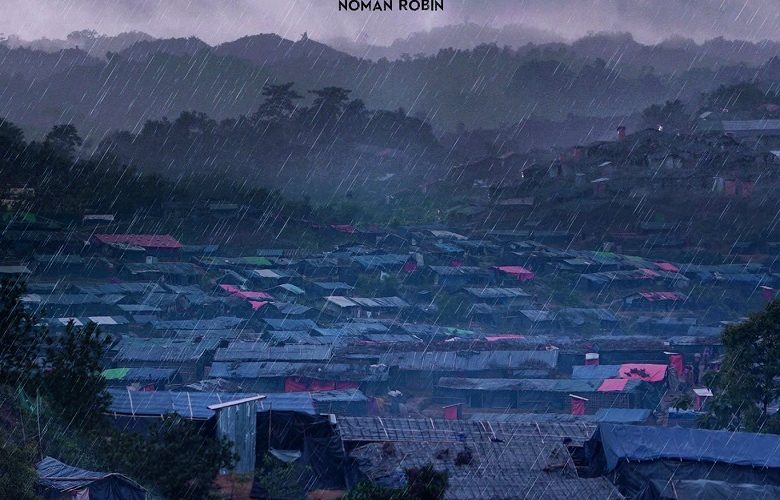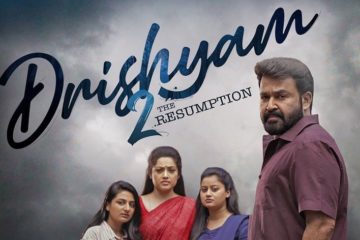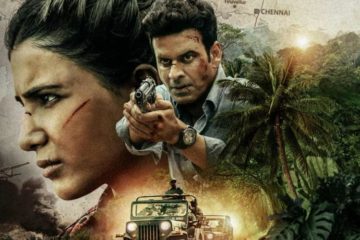Film Review
Written By Senex – Paris, France
Have you ever experienced one of those fretful nights when you are drifting from deep sleep to hazy wakefulness, never knowing which is which; from horrific nightmares to brief glimpses of bygone sweetness of tender love; all in a jumbled, incoherent sequence that seems unending…
Watching “A Quarter Mile Country” seemed like revisiting one of those nights. All that intensity tightly packed into a 34 minutes package. Noman Robin, the director, takes us to Conrad’s 21st century Heart of Darkness, in the refugee camp in Bangladesh where many hundreds of thousands of Rohingya refugees driven away from Myanmar have been given shelter by the Bangladeshi government and people. Despite the Bangladeshi Prime Minister, Hasina Begum’s generous offer to provide food and shelter to the refugees; every extra mouth to feed, body to clothe, child to teach and sick to heal…is a heavy burden on a country that has the highest population density in the world, approaching those of city states.
While making films is a highly technical endeavor, a creative director find language that transcends the scripted exchanges we normally consider language. The necessity for that in the context of the globalised audience every artist deals with today is immense. In that spirit, the film keeps the scripted language to the bare minimum, letting every image, every gesture, every sound speak volumes. Not being used to such non-verbal communication the average viewer may initially suffer confusion and incomprehension before his instinctive receptors kick in and he begins to get into the natural rhythm of the story unfolding before him.
The chaos, the poverty, the crimes, large and small, that result from this, alongside the irrepressible joy and hope that humans never stop exuding, no matter what their plight, comes alive during our short journey to hell and back with Robin. The various threads of facts and fiction, joys and sorrows,hope and hopelessness are seamlessly woven into a composite whole that has the desired impact on this viewer, who at once understands that while there is a world of human goodwill and compassion; there isalso the world of hard realities, made of finance, material goods, logistical organization and public awareness. If the two worlds do not come together then we have great suffering and misery. When populations numbering many hundreds of thousands are displaced for political reasons then the world has to come together and resolve the problem by getting the country responsible for such displacements to rehabilitate the displaced people. That would be the very least.
Stepping out of this microcosm focused on the Rohingya refugees in Bangladesh and looking around we see that humanity is confronted with very similar situations across the planet. From the 3000 mile long wall promised by Donald Trump the American President to prevent Central and South American refugees crossing over to the USA (as they have been habitually doing for as long as one can remember), to the other end of the world in the Australian Islands of Nauru and Manus where a massive and horrendous scandal of maltreatment of the refugees by the Australian government has been unfolding for a few years, to the European situation where refugees from both Asia (Syrian, Kurdish, Iraqi, Afghani…) and Africa (overloaded boats sinking in the Mediterranean killing hundreds, if not thousands) are the foremost problem facing the European Union currently, the situation is critical. The message that this film brings to us, specially the rich and powerful countries mentioned here, is that if a small, overcrowded and poor country like Bangladesh with all its limitations can take a human approach to the problem, why can’t they. It also brings to focus that while the rich nations have mastered the tools of communication and control the narrative with its language and hard sell, they actually do very little; while, without any fanfare and blowing its own trumpet, Bangladesh has been doing what seems like a miraculous job of salvaging a horrible situation.
Echoing that same sentiment, Noman Robin, using his own limited means, created this gem of a documentary without letting the audience feel at any point that the film was lacking in anything material or technical. He even used his own editor, Mahadi, to brilliantly double as the principal character (Mona) in the film. We can assuredly look forward to more such captivating films from Noman Robin in the future.
http://sub.festival-cannes.fr/SfcCatalogue/MovieDetail/4f5090d2-82f0-46ec-bb1f-c10b148ebeaa




